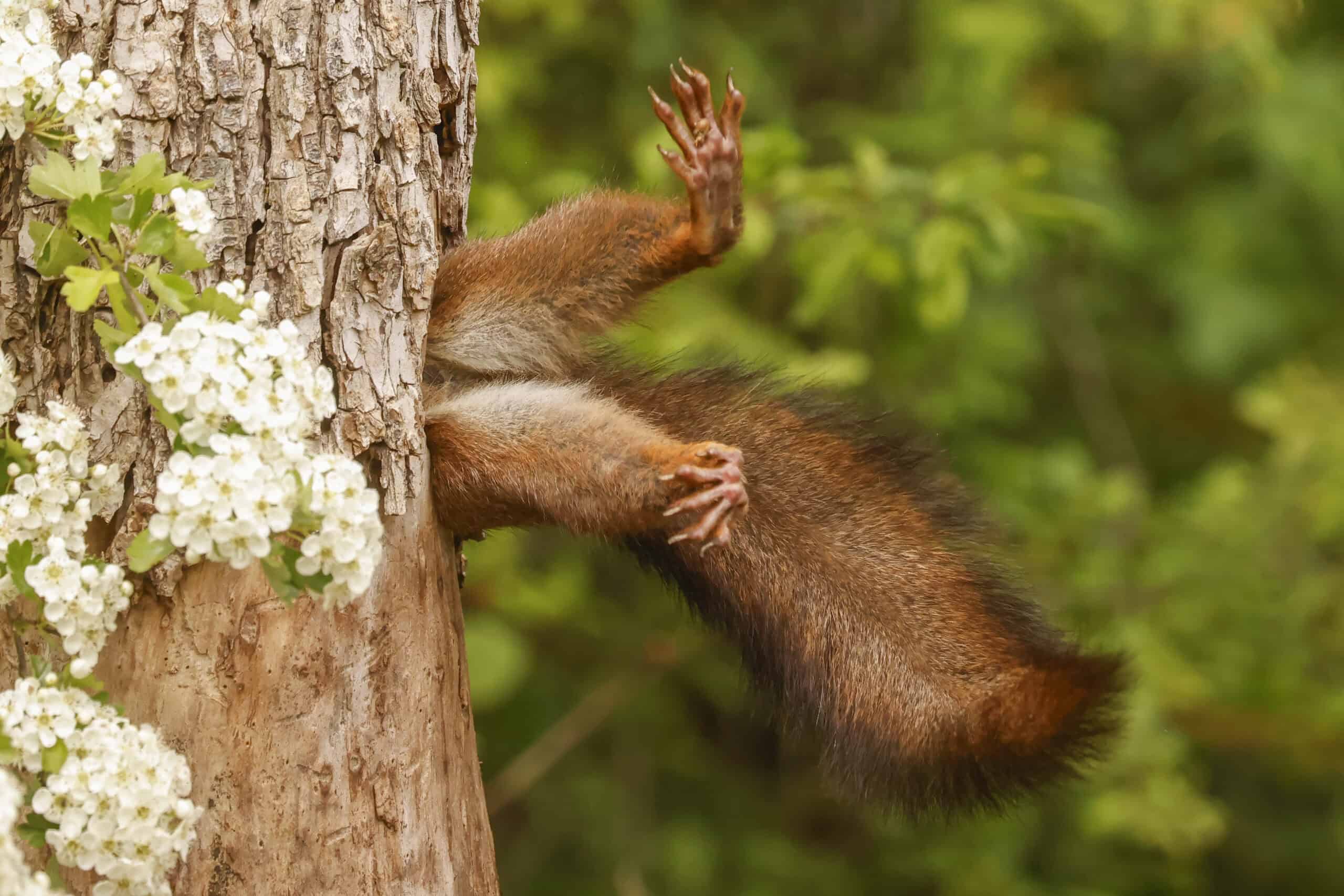Share this article
Nonnative frogs boost nonnative birds in Hawaii
It’s the coqui frog’s (Eleutherodactylus coqui) unusually loud call that got on Hawaiians’ nerves after it was accidentally introduced from Puerto Rico in the 1980s. But new research shows the presence of this nonnative frog may also be increasing nonnative birds in the state, threatening to wreak havoc on the Big Island’s ecosystem.
“It’s a terrestrial frog that doesn’t require a water body to breed,” said Karen Beard, a Utah State University professor and an author of the recent study published in The Condor: Ornithological Applications. “That’s why it invaded so quickly.”
There are up to 90,000 coqui frogs per hectare on the island now, she said.
As part of a larger study, Beard and her colleagues measured insect communities to determine if coquis reduce their populations since they’re eating them. They do, the researchers found, so they decided to look at how fewer insects might affect bird populations — both native and nonnative.
The research team went to a variety of sites and recorded the density of the frog species in each area. Then they determined which birds were present by observing them and listening for their songs.
What they found surprised them. They looked at five native birds in areas where there were coqui frogs — the ‘oma’o (Myadestes obscurus), ‘elepaio (Chasiempis), apapane (Himatione sanguinea), Hawaiian Hawk (Buteo solitarius) and Hawaiʻi ʻamakihi (Hemignathus virens) —and found that none of these species was affected by the frogs’ presence.
However, the team did find that more coqui frogs resulted in more nonnative bird species, such as the red-billed leiothrix (Leiothrix lutea) and the common myna (Acridotheres tristis). Beard said this is likely because the nonnative birds, which are known to eat vertebrates as well as insects as big as the frogs, are likely eating the coquis.=
“Some of these nonnatives have found this novel prey source,” Beard said. “This is something we don’t want to see.”
Why is this bad news? For one reason, she said, the eggs from these nonnative birds can attract rats and mongooses, also nonnatives, which are nuisance species on the island.
“As more and more nonnatives are introduced to the community, there are unexpected interactions we’re going to see,” Beard said.
The coqui population has exploded too much to eradicate them on the whole island, Beard said, but managers are trying to keep the frogs out of high elevation forests where there are more species of concern.
Header Image: Coqui frogs were introduced to Hawaii in the 1980s and are changing Hawaii’s ecosystem. ©Ryan Choi








